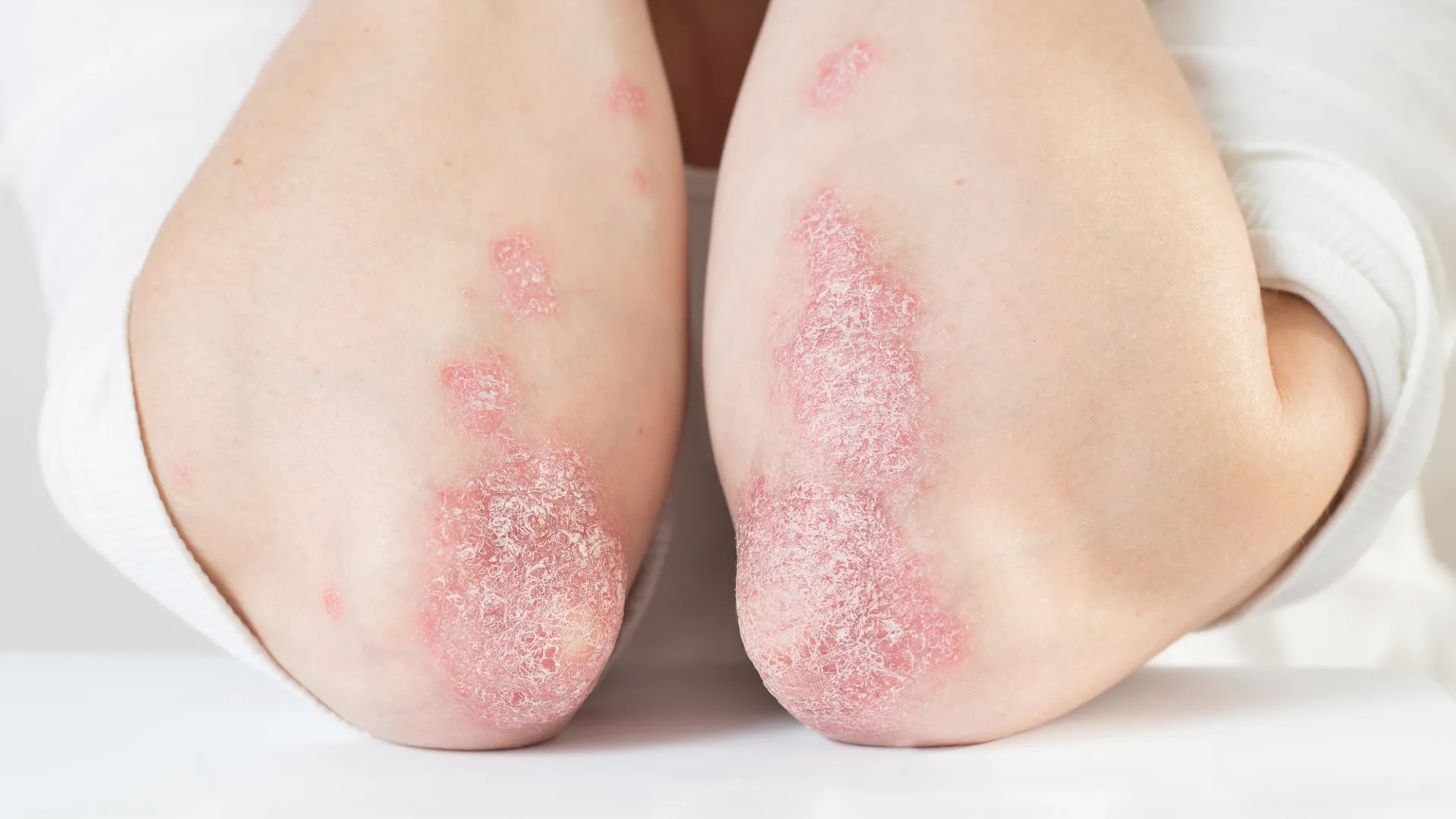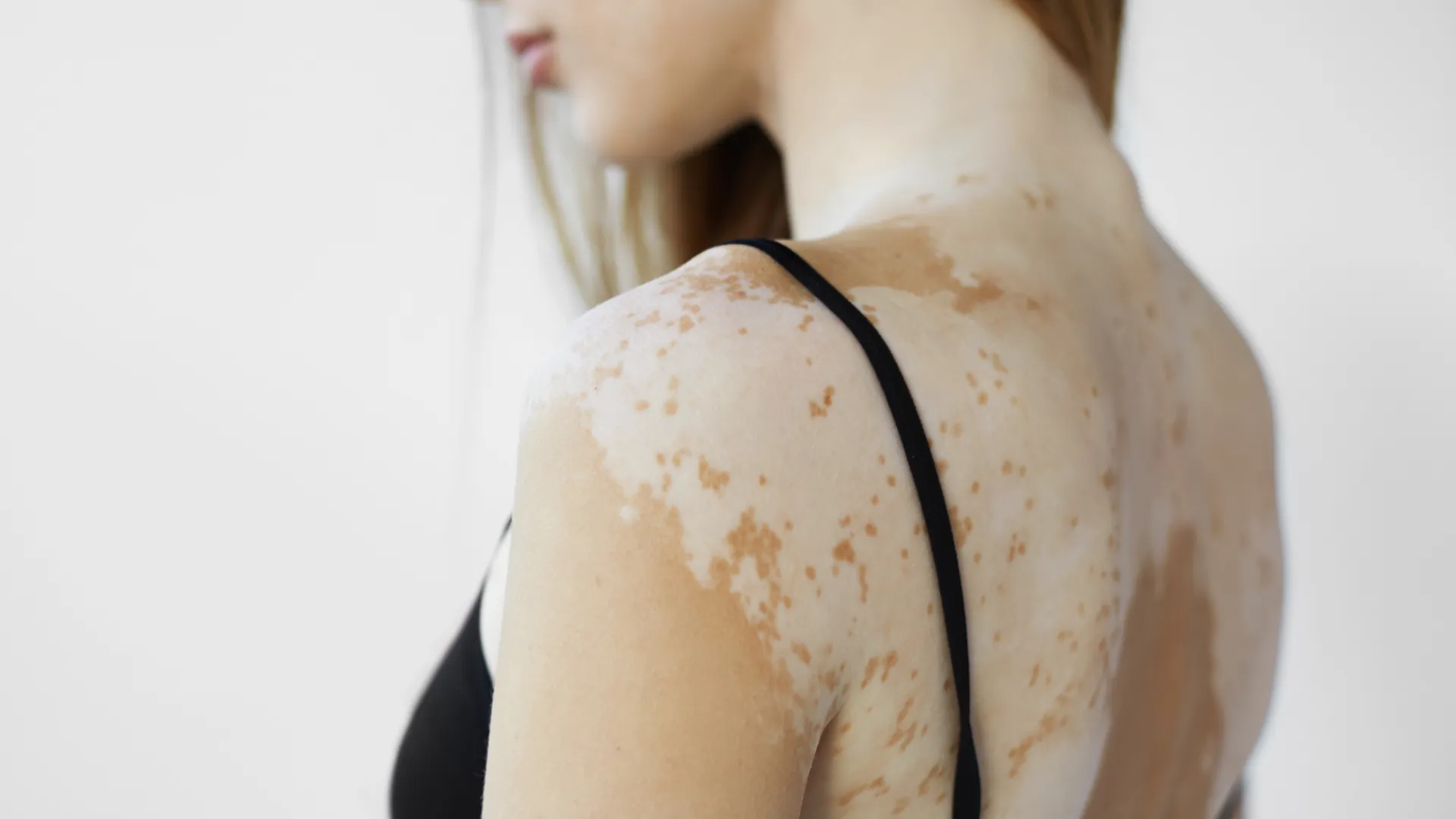Atopic dermatitis
Atopic dermatitis is a chronic, common and multifactorial inflammatory skin condition that primarily affects children but can continue into adulthood. It is characterized by intense itching, which can lead to lichenification of the skin. It is often associated with a personal or family history of allergic conditions such as asthma, allergic rhinitis and conjunctivitis.
The prevalence of the disease has tripled in the last 30-40 years. Research indicates that this is due to western lifestyle, urbanization, decreased exposure to infections, cesarean sections and frequent antibiotic use.
Causes
The exact cause of atopic dermatitis appears to be a combination of genetic and environmental factors. Usually, patients with atopic dermatitis have at least one parent with some allergic condition. Immunological factors also play a significant role, as atopic patients have an overactive immune system.
Factors that exacerbate the disease
- Irritants: Wool and synthetic fabrics, perfumes, cosmetics, sweat.
- Allergens: Foods and airborne allergens.
- Weather conditions: Cold and dry air, sudden temperature changes.
- Other factors: Hormonal changes, stress, excessive sweating.
Clinical picture
- Infants: Usually appears in the 2nd to 3rd month of life with erythema and dry skin, primarily affecting the cheeks and the scalp.
- Childhood: Affects children from 2 to 12 years old, with eczema lesions appearing on flexural surfaces (such as elbows and knees).
- Adults: In individuals over 12 years old, lesions are often limited to the extremities and neck. Eyelid dermatitis may also present.
Complications
Skin lesions can often become infected with Staphylococcus aureus, and there is increased susceptibility to viral infections. Inflammation can lead to hypo- or hyper-pigmentation of the skin.
Treatment
The therapeutic approach to atopic dermatitis focuses on restoring the skin barrier, moisturizing the skin and managing inflammation and itching.
- Moisturizers: Daily use of emollients and moisturizing creams is critical for preventing skin dryness. Application is recommended immediately after bath for better absorption.
- Topical corticosteroids: These topical agents reduce inflammation and itching. They should be applied carefully according to the physician’s instructions to avoid long-term use and side effects.
- Calcineurin inhibitors: These topical agents (e.g., tacrolimus and pimecrolimus) are useful for treating inflammation and can be used in areas where corticosteroids are not recommended.
- Systemic treatment: In severe cases, the following may be prescribed:
- Antihistamines: To relieve itching.
- Corticosteroids: Short-term use during flare-ups.
- Antibiotics: If there are secondary infections.
- JAK inhibitors: New, promising oral treatments used for moderate to severe atopic dermatitis.
- Biologic agents: Biologics (e.g. dupilumab) target specific pathways in the immune system and can be used for severe cases that do not respond to other treatments.
- Diet: If food allergies are suspected, dietary changes may be necessary in collaboration with a nutritionist.
General guidelines
- Moisturize the skin: Use a moisturizer daily. Apply immediately after bath on damp skin for better absorption.
- Avoid irritants: Avoid irritating fabrics (e.g. wool, synthetic) and prefer cotton clothing. Avoid using sponges during bath and limit the use of perfumes. Keep a diary of flare-ups to identify potential triggers.
- Humidity levels: Adjust indoor humidity levels, especially during winter. Avoid very hot and long baths.
- Diet: In cases of known food allergies, avoid the corresponding foods.
- Manage itching: Antihistamines may help reduce itching. Avoid excessive scratching, as it may cause infections.
Conclusion
Atopic dermatitis requires a multidimensional approach that includes various therapeutic options and self-care strategies. With proper care and collaboration with healthcare professionals, patients can manage their symptoms and improve their quality of life.




